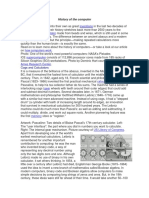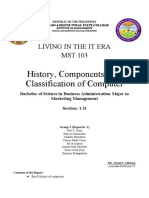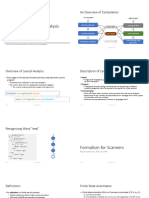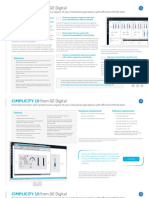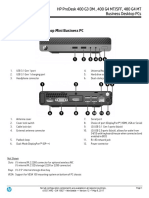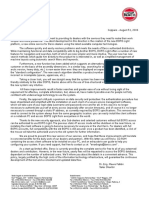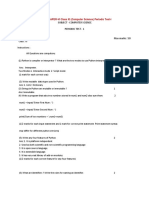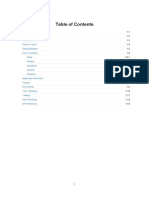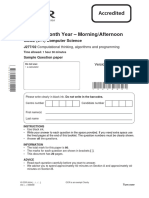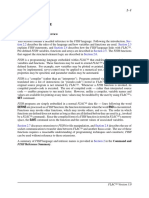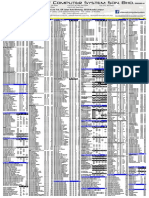0% found this document useful (0 votes)
3 views3 pagesLecture 2
The document outlines the history of computers, starting from primitive counting devices to significant inventions such as the abacus, Napier's Bones, and Pascaline. It highlights key developments in computing technology, including the Difference Engine and Analytical Engine by Charles Babbage, and the introduction of the first electronic computer, the Differential Analyzer. The document concludes with the creation of the Mark I, the first programmable digital computer, marking a pivotal moment in computing history.
Uploaded by
vaishnaviownspaceCopyright
© © All Rights Reserved
We take content rights seriously. If you suspect this is your content, claim it here.
Available Formats
Download as PDF, TXT or read online on Scribd
0% found this document useful (0 votes)
3 views3 pagesLecture 2
The document outlines the history of computers, starting from primitive counting devices to significant inventions such as the abacus, Napier's Bones, and Pascaline. It highlights key developments in computing technology, including the Difference Engine and Analytical Engine by Charles Babbage, and the introduction of the first electronic computer, the Differential Analyzer. The document concludes with the creation of the Mark I, the first programmable digital computer, marking a pivotal moment in computing history.
Uploaded by
vaishnaviownspaceCopyright
© © All Rights Reserved
We take content rights seriously. If you suspect this is your content, claim it here.
Available Formats
Download as PDF, TXT or read online on Scribd
/ 3


















